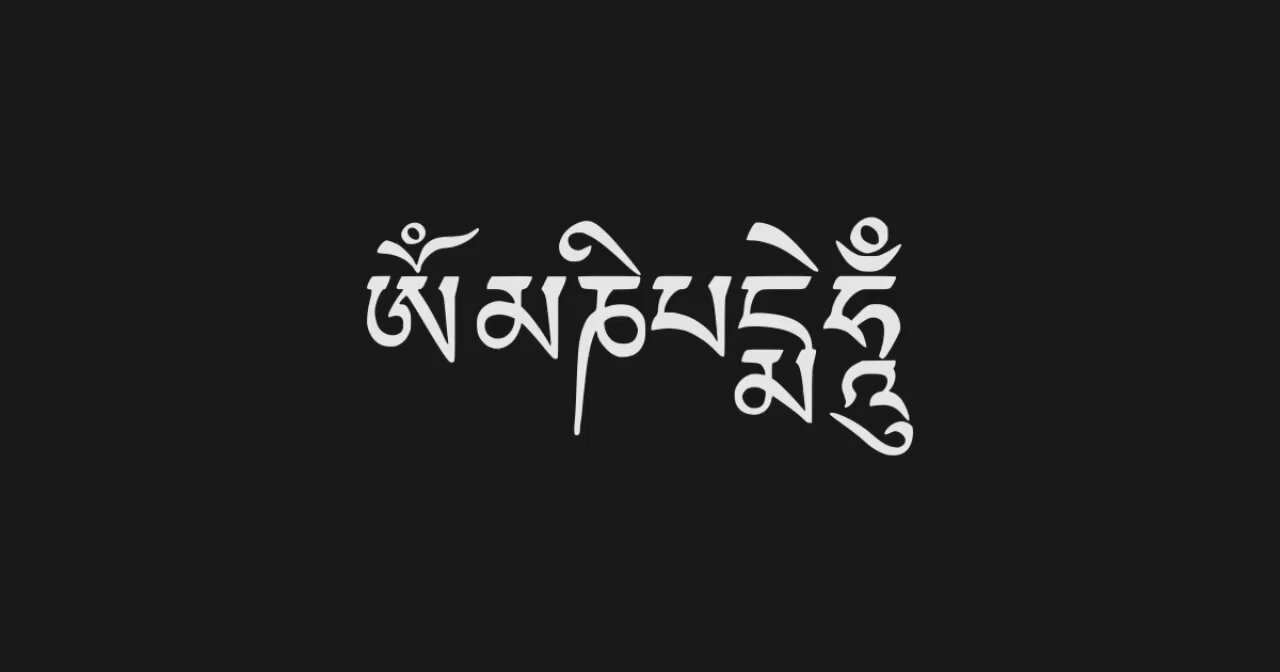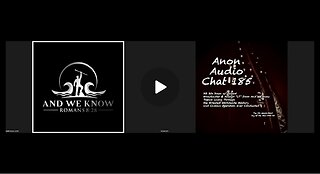Premium Only Content

Om mani peme hung mantra
The mantra “Om Mani Padme Hum” (often transliterated as “Om Mani Peme Hung” in Tibetan) is one of the most famous and widely recited mantras in Tibetan Buddhism. It is associated with Avalokiteshvara, the bodhisattva of compassion, and is believed to embody his blessings and qualities. Each syllable of the mantra carries deep symbolic meaning, and its recitation is said to invoke compassion, purify negative karma, and lead to enlightenment.
1. Om - This sacred syllable represents the essence of the universe, the unity of body, speech, and mind, and the beginning of all mantras. It connects the practitioner to the divine and universal consciousness.
2. Mani - Meaning “jewel,” it symbolizes the altruistic intention to achieve enlightenment (bodhicitta) and the qualities of compassion and love. The jewel represents the fulfillment of spiritual wishes.
3. Padme (or “Peme” in Tibetan) - Meaning “lotus,” it symbolizes wisdom, purity, and the blossoming of spiritual awakening. The lotus grows in muddy waters yet remains unstained, reflecting the ability to rise above worldly defilements.
4. Hum (or “Hung”) - This syllable represents the indivisibility of wisdom and compassion, as well as the enlightened mind. It is a seed syllable that invokes the energy of unity and determination.
#buddhism #mantra #tibetanbuddhism #mantraofcompassion
-
 20:58
20:58
GritsGG
1 day agoProtect the President Challenge on Warzone!
12.9K -
 1:49:07
1:49:07
The Michelle Moore Show
2 days ago'Biden's Immigration Mess, President's Trump Spiritual Cry For Help, English Speaking Truckers Only, Woke CEO's Killing of Conservative Brands, Palantir's Kill Chain' Mark Taylor: The Michelle Moore Show (Aug 25, 2025)
34K95 -
 LIVE
LIVE
Lofi Girl
2 years agoSynthwave Radio 🌌 - beats to chill/game to
204 watching -
 2:14:18
2:14:18
The Pascal Show
14 hours ago $0.64 earnedTHEY LIED TO POLICE AGAIN? Jake & Rebecca Haro Have Lost Their Minds! Emmanuel Haro Search Continues
8.48K -
 1:25:52
1:25:52
TruthStream with Joe and Scott
2 days agoSG Sits Down w/ LT From "And We Know": An 80K FT View of Humanity's Great Awakening from 8/22/2025
20.9K16 -
 15:54
15:54
Lacey Mae ASMR
12 hours ago $0.88 earnedASMR For Sleep in 15 Minutes!
13.1K10 -
 3:16:38
3:16:38
Price of Reason
13 hours agoTrump FIRES Fed Governor Lisa Cook! Cracker Barrel CRISIS Continues! James Gunn DCU Woes! Gamescon!
116K8 -
 2:25:01
2:25:01
FreshandFit
8 hours agoTyreek Hill Pays Ex Wife $1 Million in Ongoing Fees From Divorce?!
37.5K4 -
 2:03:46
2:03:46
Inverted World Live
10 hours agoHaunted Dolls Hack Amazon Alexa | Ep. 98
109K2 -
 3:09:53
3:09:53
Laura Loomer
10 hours agoEP140: Loomer EXPOSES Islamification At US State Department
37.4K12